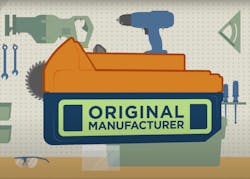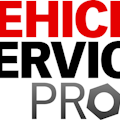What makes OEM power tool batteries different?
According to the Power Tool Institute, each OEM has its own proprietary control circuity for the total system, which encompasses the tool, battery, and charger.
This is so the three components communicate properly.
There are many design considerations manufacturers address in the construction of their batteries:
- type and quality of cells,
- durability of electrical connections,
- electronic controls (in the battery, charger, and tool),
- protective housing,
- compliance with standards,
- and third-party certification, etc.
This circuitry design is not available to third-party component suppliers, said the organization.
The differences between the inner workings of these power tool systems make it virtually impossible for any other battery to match the OEM, no matter what the package claims, the Power Tool Institute noted.
For all these safety and compliance considerations, batteries are not cross-compatible (unless specified by the power tool manufacturer).
When buying aftermarket batteries for power tools, the organization advises to consult with the power tool owner’s manual and purchase only the batteries recommended by the manufacturer.
Before purchasing a non-OEM battery, individuals should consider all factors, not just price.
Purchasing a battery from an unknown seller without having any verification of the seller’s qualifications or experience — or of the battery’s construction or testing or certification — can leave individuals with an unsatisfying, and potentially dangerous, experience, the Power Tool Institute stated.
This article originally appeared on VehicleServicePros.com.

